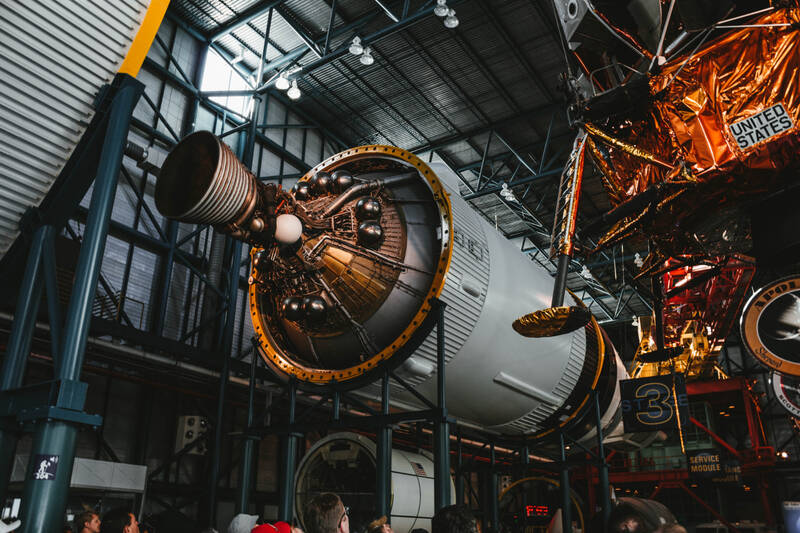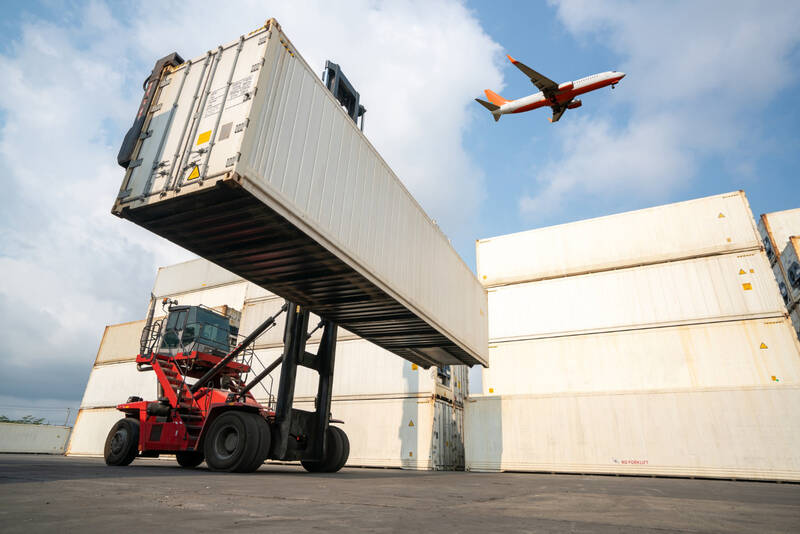12MP to Promote Catalytic Growth for the Malaysian Aerospace Industry
The Aspiration of the 12MP Is Also in Line with the Malaysian Aerospace Industry Blueprint 2030

The Twelfth Malaysia Plan (12MP) is set to propel the growth of the local aerospace industry as it has been identified as one of the high-impact strategic industries to move Malaysia towards a high-technology nation.
Datuk Lim Ban Hong, Deputy Minister of Malaysia’s Ministry of International Trade and Industry, made a working visit to UMW Aerospace Sdn Bhd (the first Malaysian Tier-1 aerospace engine component manufacturer) recently and took note of the need to build a strong collective effort to further develop our vibrant and thriving aerospace industry.
Hosting the visit was UMW Group Chief Mobility and Innovation Officer as well as President of the Aerospace Division Dato’ Abdul Rashid Musa. The session was joined by the Malaysian Investment Development Authority’s (MIDA) Deputy CEO Mr Ahmad Khairuddin Abdul Rahim, MIDA’s Transportation Technology Division Director Mr Zahirul Ishak and MIDA’s Selangor Director Ms Noor Aini Samoon.
The aerospace industry, which is projected to generate RM30 billion in revenue, will generate 30,000 job opportunities by the year 2025. In 2019, it recorded a turnover of RM16.2 billion and an export value of RM8.81 billion. There are currently about 27,500 skilled workers in this field and over 230 Malaysian local and multinational companies are involved in the supply chain of the global aerospace industry. In this regard, the Government will continue to work with the private sector to develop the existing aerospace cluster.
The aspiration of the 12MP is also in line with the Malaysian Aerospace Industry Blueprint 2030 that aims to position the country as an aerospace hub in Southeast Asia and one of the key players in the Asia Pacific. Ministry of International Trade and Industry (MITI), MIDA and National Aerospace Industry Coordinating Office (NAICO), are committed to promoting more investment of high-tech enterprises in the aerospace industry via various incentives and business-friendly policies.
As the world transitions into the endemic and economic recovery phase, the aerospace industry also holds a promising growth map in the years ahead. It presents exponential potentials for the upstream and downstream industries of the value chains, offering huge economic benefits to the local SME manufacturing industries.
This, undoubtedly, will support the National Investment Aspirations (NIA) framework that MITI has introduced, which is aimed at reinvigorating the national investment landscape and enhancing long-term national competitiveness.












